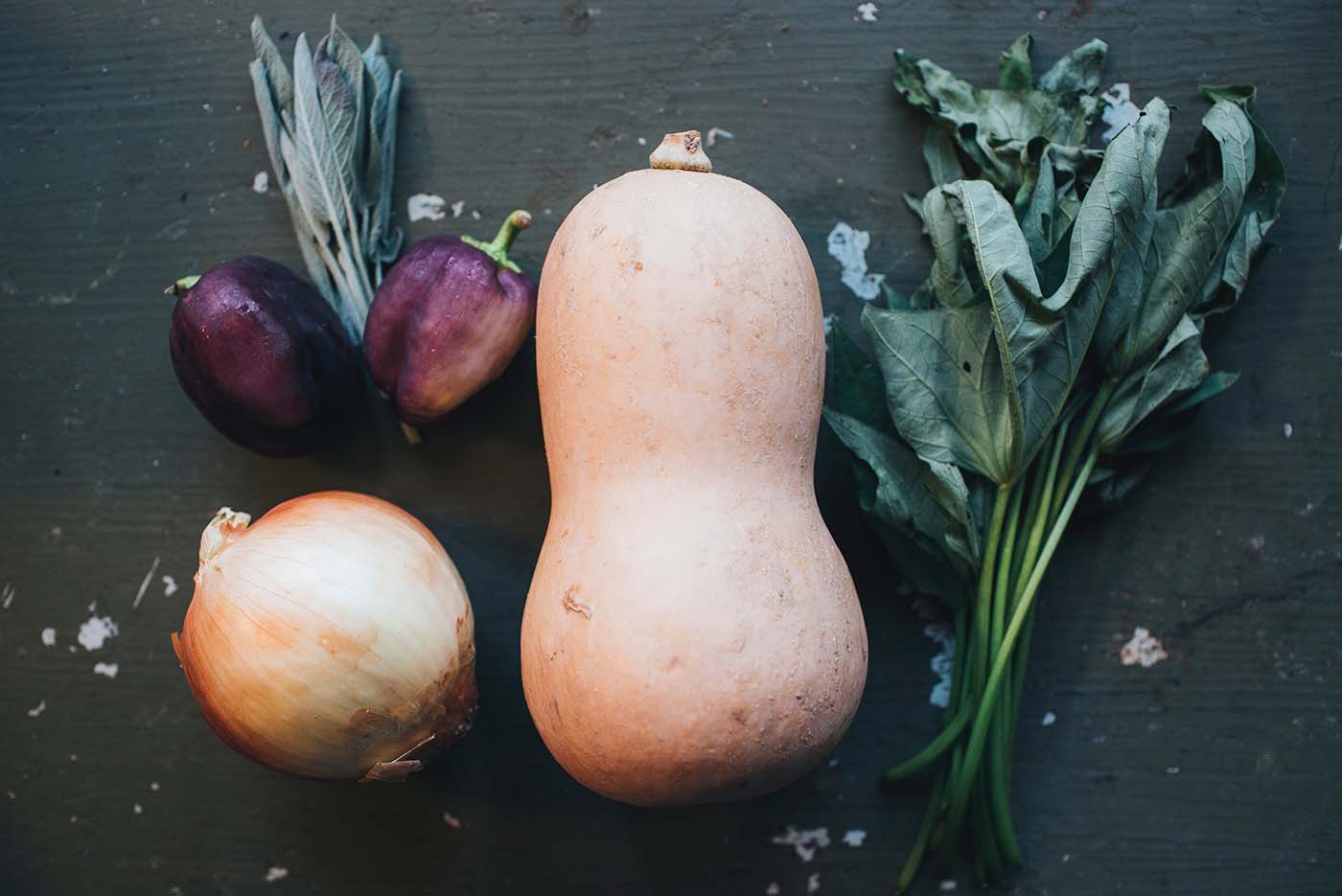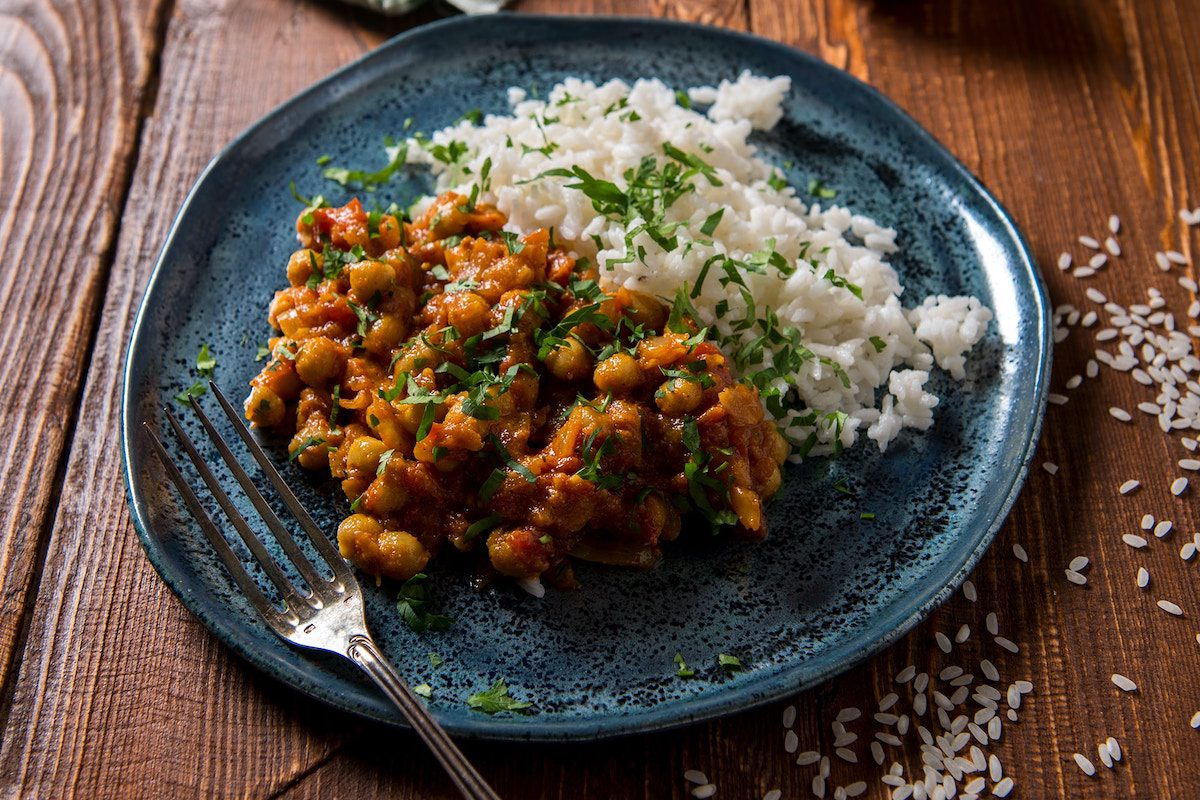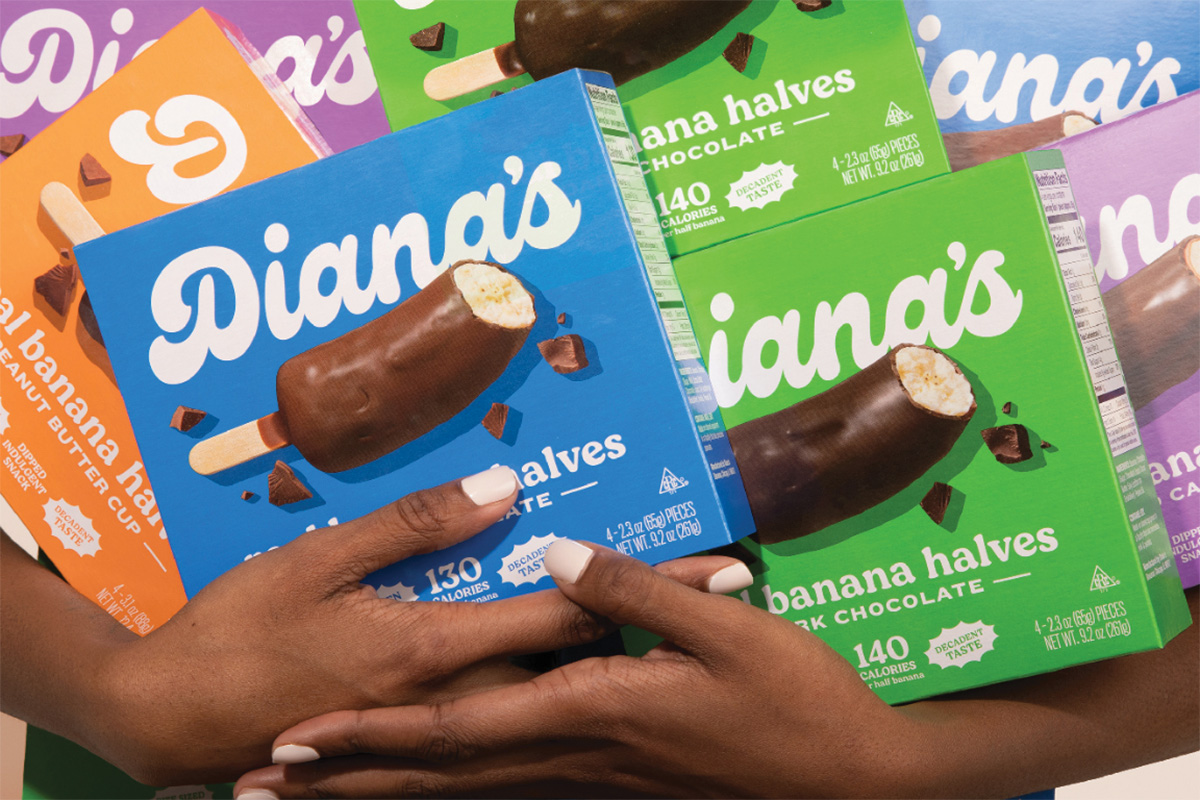How to Shop for And Cook With Fresh Winter Produce
In the hot days of summer, getting all your fruits and veggies in feels like a piece of cake. Fresh berries, a slice of juicy watermelon, a crisp salad – craved and easy to come by. But in the winter, comfort food and holiday cookies always seem to get in the way of those pesky fruits and vegetables. Winter doesn’t have to be all potatoes and onions! Seek out fruits and vegetables that are in season in the winter months; they will taste better, cost less and are easier to come by. Branch out from those dreary plain roots and stock up on these winter delights.

Cruciferous vegetables
Kale and collard greens are two winter vegetables from the cruciferous plant family, which are a group of green leafy vegetables that are super nutritious and fight inflammation. These green leafy goodies are low-calorie, low-sodium, high in vitamin C (hello flu-fighting immune system boost!), vitamin A, folate, potassium and fiber.
Collard greens
These wide-leaf greens are popular in southern U.S. cooking, but can be used for a variety of dishes outside of the traditional ham-hock-and-onions collards. Store raw leaves in a plastic bag in the fridge for up to five days.
How to use collard greens:
- Wash, rinse and trim leaves off the stem before cooking
- Cooking with slow, moist heat methods (simmering, stewing, steaming) reduces the bitterness and toughness to a more savory taste and texture. Add them to soup, stew or stir fry. For a time-saving step, try adding chopped collard greens to boiling water while cooking pasta (about half way through), drain pasta and greens together, return to pot and toss with your favorite sauce
- Due to their large and wide leaves, collards make great wrap substitutes instead of traditional grain-based ones. Or use them to hold together some brightly colored veggie spring rolls, like these Collard Green Spring Rolls with Sunbutter dipping sauce from Minimalist Baker
Kale
This trend-setting leafy green is hearty and versatile. And kale will keep fresh in the crisper drawer in the fridge for five to seven days.
How to use kale:
- Wash, rinse and tear leaves off the tough rib center to cook. It can be added to casseroles and stir fry. It also holds up well in soups and stews
- Branch out from the usual raw kale salad and make a quick batch of delicious green pesto, like this Super Kale Pesto from Cookie and Kate
- Toss it with some whole grain or legume noodles, veggie “zoodles” or use it as a spread in a sandwich or wrap
Roots and squash
Delicata squash
This sweet squash is high in vitamin A and vitamin C. Delicata squash is ripe when it has a light yellow color with green lines on the skin and is firm to the touch. Bonus – this squash can be eaten whole – skin and all. No need for peeling and prepping!
How to use delicata squash:
- Inside black bean and veggie tacos, like these ones from Naturally Ella
- Roasted in a kale salad, like this one from Love and Lemons with a delicious maple tahini dressing
- Stuffed with protein and veggies: Cut delicata squash lengthwise, take out the seeds, brush lightly with oil and bake in the oven at 400 degrees for 20-30 minutes. While the squash is roasting, brown meat in a pan (such as ground turkey, chicken or beef) and sauté veggies (such as onion, mushroom and kale). When the squash is done, fill the squash with your meat and veggie mixture. Cover with a sprinkle of cheese (such as parmesan or mozzarella) and pop back in the oven for another 10 minutes
Sweet potatoes
More nutritious than their white potato relative, this root vegetable is high in vitamin A, high in fiber and lends a mild, sweet flavor to a wide variety of dishes.
How to use sweet potatoes:
- Wash potato and peel off the skin (or, depending on what you’re using them for, keep the skin on for extra fiber). Dice into cubes, slice into rounds or peel into ribbons – sweet potatoes are great in all shapes and sizes
- Roast sweet potato cubes with spices. Top with scrambled egg, avocado and kale for a breakfast skillet
- Roast sweet potato rounds and use as bun-replacers in mini slider sandwiches and burgers.
- Try them in a sweet and spicy dish, like this Indian Sweet Potato & Chickpea Toss by Well Fed Nutrition
Citrus
Need a reason to daydream about summer during colder winter temps? Stock up on all the citrus fruits and let their bright, tangy flavors act as sunny rays. Clementines, mandarin oranges, tangerines, oranges and grapefruits are all in season during the winter months. Packed with vitamin C, fiber and plenty of minerals, these colorful and convenient fruits are easy to incorporate into your day.
How to use citrus fruits (like clementines, tangerines and mandarin oranges):
- Peel and separate segments. Toss into grain- or leaf-based salads or into a chicken (or tofu) cashew stir fry for a juicy bite. Due to their delicate nature, make sure the citrus fruit is the last ingredient of your stir fry
- To sweeten up a savory dish, incorporate them into soup like this sweet potato bisque with clementines and sage from Vegetarian Times
- Pack for on-the-go snacks. Peel and separate segments to enjoy on their own, especially as a sweet treat or dessert substitute (anyone else ever lost track of how many of those tiny delicious clementines they’ve eaten in one day? Who could blame that cute fruit!?)












